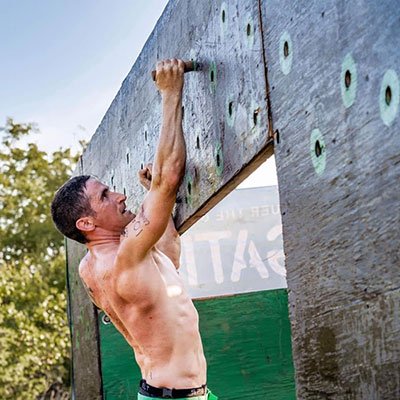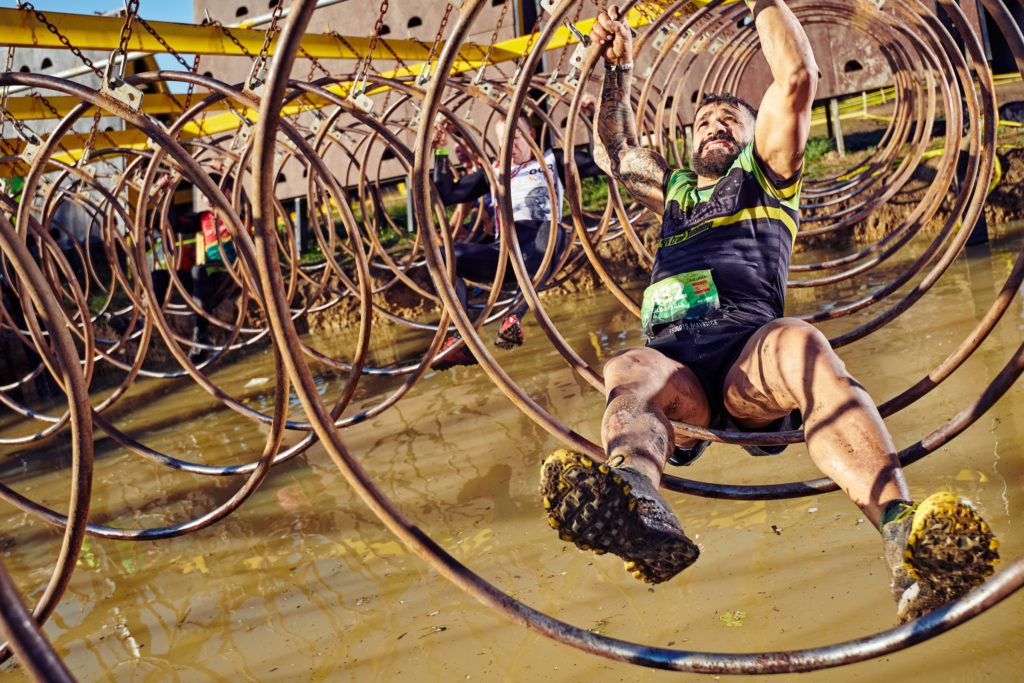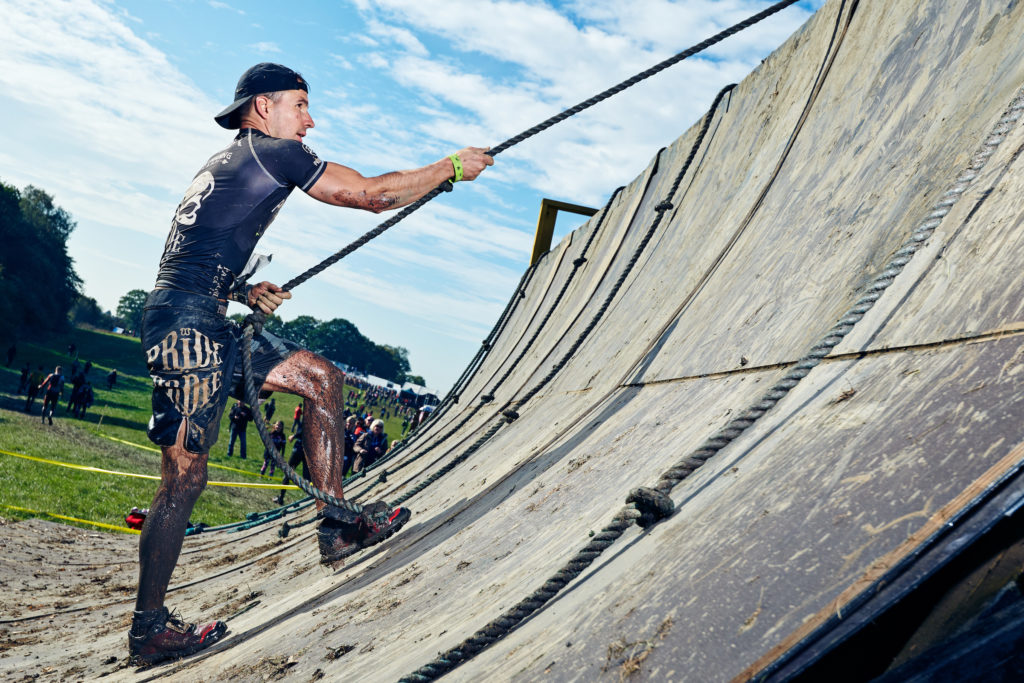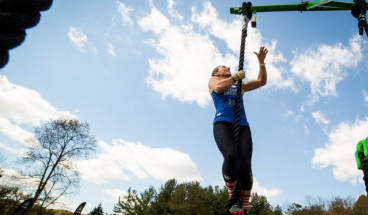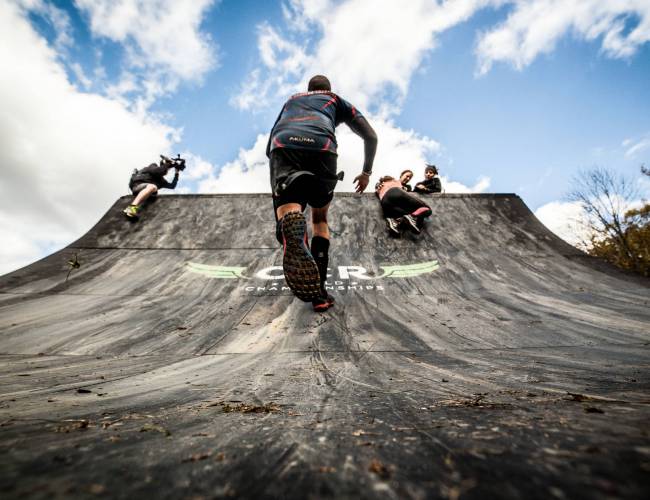
3 Reasons Why Burpees Are the Most Overrated OCR Training Exercise
Yeah, that’s right…I said it…burpees are the most overrated Obstacle Course Racing (OCR) training exercise. Hold on let me adjust the filter on my email inbox to account for all the hate mail I’m about to receive….
Okay, let’s continue with the Op-Ed. Before you go into a tirade about what an awful person I am, hear me out for a second, finish reading this article and then decide for yourself.
A key word in my argument is overrated OCR training exercise. The burpee is a great total body workout and I’m not arguing that. The burpee engages lots of muscles simultaneously, is uncomfortable to do (usually a sign of effectiveness for burning calories like running), gets the heart rate up and is tiring. If you listen to Spartan founder Joe DeSena in interviews or other athletes they often cite it as a great workout you can do anywhere. I completely agree with him. However, I think it is overused and overrated for OCR improvement and here is why…
In my book, “Strength & Speed’s Guide to Elite OCR,” I highlight three key principles that should describe your training: Specificity, Progressive and Enjoyable. The first one I will focus on for this article is Specificity. Specificity in this instance means in order to improve at OCR, your movements in training should mimic actions performed in the race, mimic the same strength systems and should prepare you for future obstacle success.
1. OCR training should be specific as in it should simulate race movements.
So I ask you, what movement does the burpee simulate? Is it jumping over a half inch wall at the top of your hop? Is it barely raising your hands above the top of your head? The only one I can think of is it helps people learn to get to the ground faster for low crawling. Last time I checked, I haven’t seen anyone fail this or even look like they need practice transitioning from a run to a crawl. In fact, I think that could be practiced better from a run rather than a stationary position because it better simulates a race.
2. Training should stimulate the same strength systems used for obstacles.
Most obstacles require a near maximal burst of strength lasting anywhere between 3 seconds and 40 seconds. This comes in the form of going over a wall (a couple of seconds) to crossing a rig or monkey bars (closer to around 40 seconds). Training an exercise that is sub-maximal for two or more minutes (30 burpees or more), is not focusing your energy systems where they need to for your upper body to perform.
I’ve seen videos of people doing 100 burpees or anther crazy number in a row without resting. Try doing another movement more obstacle specific in a row such as muscle ups, pull-ups, 100 rig holds, 100 peg board movements or even 100 traverse wall holds. You will quickly realize these movements require much higher output of strength (near maximal) and are thus not sustainable. This should give you a hint that the burpee movement is not working the same physiological systems.
The only exceptions to this are obstacles like barbed wire crawl and carries, which require a lower output of sustained effort for a longer period. Burpees are more similar to training for these movements but if you want to get better at carries or crawling, I direct you back to specificity. Practicing those movements will make you better faster than doing burpees.
3. Your training should prepare you for future obstacle success.
This is tricky for OCR because it changes so rapidly.
If there is one thing we have seen in the last five years it is that more races are moving towards mandatory completion, like OCR World Championships and North American OCR Championships. To test people’s obstacle ability, more races are incorporating grip strength into obstacles. Famous OCR trainer Yancy Culp frequently cites the importance of “grip and pull strength” as being highly important for OCR athletes. I agree with him as demonstrated in my book and in my workouts, which have a large grip emphasis (via training with rig grips) and pull focus (targeting back and biceps*). Burpees test, train and improve neither of these at a significant level.
How often do I train burpees? Never, because I’m not training for failure, I’m training for obstacle success. I want the failure option to be so uncomfortable and so miserable that it ensures I never want to do it again. Maybe my lack of burpee efficiency will cost me an extra 20 seconds or a minute in a Spartan Race, but so be it. Next time I’ll train to avoid burpees altogether.
So yeah, I said it…burpees are overrated for OCR training. Maybe I changed your mind and maybe not, but at least do some critical analysis for yourself. Instead of focusing on the penalty for failing an obstacle, maybe it is time to focus more on passing the obstacle so you don’t need to do the penalty.
*Could Hunter be right?…Do biceps really win races?
–Evan Perperis
Evan Perperis, NSCA-CPT, is an athlete on the Conquer The Gauntlet Pro Team and author of three books on Obstacle Course Racing. Included in his 39 podium finishes is a 2nd place Pro Coed Team at the 2018 North American OCR Championships and 1st Place Team at 2018 World’s Toughest Mudder. Find more of his content at www.teamstrengthspeed.com.
